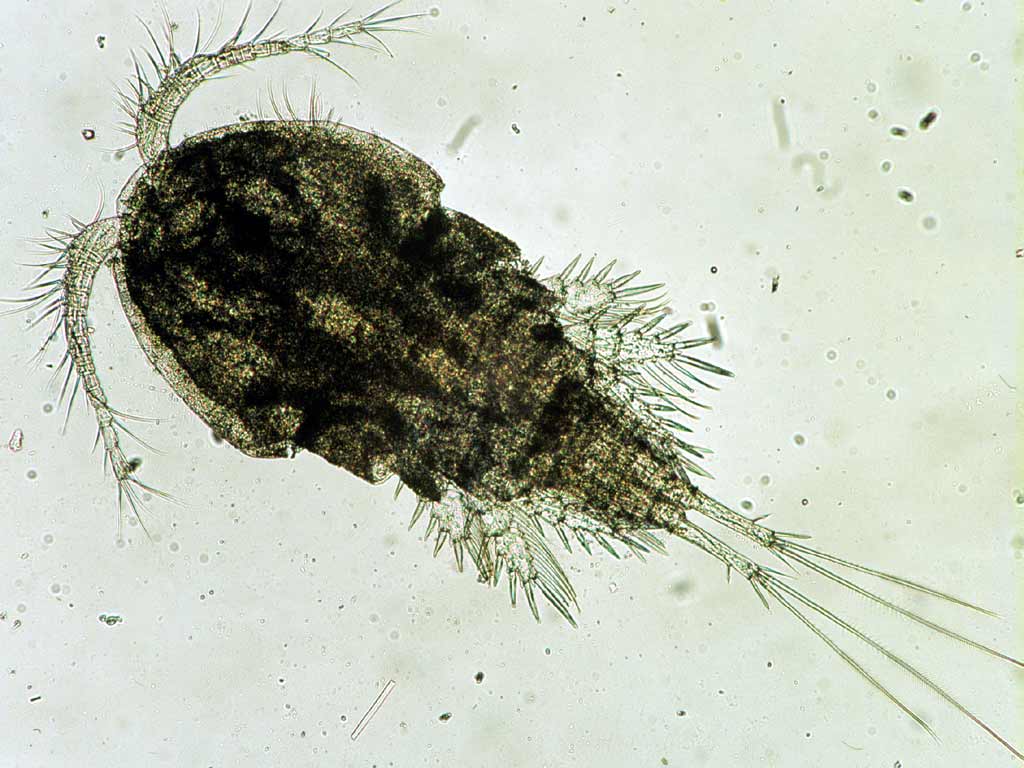|
Acartia Ensifera
''Acartia ensifera'' is a species of marine copepod belonging to the family Acartiidae. This is a slender copepod, around in length, with distinctively long caudal rami. It is found around the coasts of New Zealand. References ''Acartia ensifera'' at World of Copepods Calanoida Crustaceans described in 1899 Marine crustaceans of New Zealand {{copepod-stub ... [...More Info...] [...Related Items...] OR: [Wikipedia] [Google] [Baidu] |
George Stewardson Brady
George Stewardson Brady (18 April 1832 – 25 December 1921) was a professor of natural history at the Hancock Museum in Newcastle-upon-Tyne who did important volumes on Copepoda and Ostracoda, including those from the ''Challenger'' expedition. Family and upbringing He was the eldest son of Henry Brady, Surgeon of Gateshead, and his wife Hannah Bowman of Derbyshire. He married Ellen Wright in 1859. He and his younger brother Henry Bowman Brady were both educated at the Friends' School, Ackworth and at Bootham school, York, where they were schoolfellows of the botanist John Gilbert Baker, and the Rowntree brothers Joseph, John, and Henry, of the famous cocoa business which bore their name. Career Brady went to the University of Durham College of Medicine. He was awarded LSA and MD (1876) by St Andrews. He practised medicine in Gateshead (1857–1906) and was Professor of Natural History, Armstrong College, Newcastle (1875–1906). He wrote reports on the Ostracoda an ... [...More Info...] [...Related Items...] OR: [Wikipedia] [Google] [Baidu] |
Copepod
Copepods (; meaning "oar-feet") are a group of small crustaceans found in nearly every freshwater and saltwater habitat. Some species are planktonic (inhabiting sea waters), some are benthic (living on the ocean floor), a number of species have parasitic phases, and some continental species may live in limnoterrestrial habitats and other wet terrestrial places, such as swamps, under leaf fall in wet forests, bogs, springs, ephemeral ponds, and puddles, damp moss, or water-filled recesses ( phytotelmata) of plants such as bromeliads and pitcher plants. Many live underground in marine and freshwater caves, sinkholes, or stream beds. Copepods are sometimes used as biodiversity indicators. As with other crustaceans, copepods have a larval form. For copepods, the egg hatches into a nauplius form, with a head and a tail but no true thorax or abdomen. The larva molts several times until it resembles the adult and then, after more molts, achieves adult development. The nauplius form ... [...More Info...] [...Related Items...] OR: [Wikipedia] [Google] [Baidu] |
Acartiidae
Acartiidae is a family of calanoid copepods distinguishable by the rostral margin not being extended. They are epipelagic, plankton Plankton are the diverse collection of organisms found in water (or air) that are unable to propel themselves against a current (or wind). The individual organisms constituting plankton are called plankters. In the ocean, they provide a cruc ...ic animals, not being found below a depth of . There are over 100 described species distributed throughout the world's oceans, mainly in temperate areas. References Calanoida Crustacean families {{copepod-stub ... [...More Info...] [...Related Items...] OR: [Wikipedia] [Google] [Baidu] |
Caudal Ramus
The caudal ramus (plural: ''caudal rami'') is a characteristic feature of primitive crustaceans. Located on the anal somite (telson segment), the caudal ramus is a pair of appendage-like or spine-like protrusions. Specific structures which are rod or blade-like are referred to as ''caudal furca Caudal may refer to: Anatomy * Caudal (anatomical term) (from Latin ''cauda''; tail), used to describe how close something is to the trailing end of an organism * Caudal artery, the portion of the dorsal aorta of a vertebrate that passes into the ...''. References *Brusca, Gary J. & Richard C. Brusca, ''Invertebrates''. 2003. Crustacean anatomy {{crustacean-stub ... [...More Info...] [...Related Items...] OR: [Wikipedia] [Google] [Baidu] |
Calanoida
Calanoida is an order of copepods, a group of arthropods commonly found as zooplankton. The order includes around 46 families with about 1800 species of both marine and freshwater copepods between them. Description Calanoids can be distinguished from other planktonic copepods by having first antennae at least half the length of the body and biramous second antennae. However, their most distinctive anatomical trait is the presence of a joint between the fifth and sixth body segments. The largest specimens reach long, but most do not exceed long. Classification Calanoida contains the following families, as well as the genus '' Microdisseta'' (which is currently ''incertae sedis''); * Acartiidae * Aetideidae * Arctokonstantinidae * Arietellidae * Augaptilidae * Bathypontiidae * Calanidae * Calocalanidae * Candaciidae * Centropagidae * Clausocalanidae * Diaixidae * Diaptomidae * Discoidae * Epacteriscidae * Eucalanidae * Euchaetidae * Fosshageniidae * Heterorhabdidae * ... [...More Info...] [...Related Items...] OR: [Wikipedia] [Google] [Baidu] |
Crustaceans Described In 1899
Crustaceans (Crustacea, ) form a large, diverse arthropod taxon which includes such animals as decapods, seed shrimp, branchiopods, fish lice, krill, remipedes, isopods, barnacles, copepods, amphipods and mantis shrimp. The crustacean group can be treated as a subphylum under the clade Mandibulata. It is now well accepted that the hexapods emerged deep in the Crustacean group, with the completed group referred to as Pancrustacea. Some crustaceans (Remipedia, Cephalocarida, Branchiopoda) are more closely related to insects and the other hexapods than they are to certain other crustaceans. The 67,000 described species range in size from '' Stygotantulus stocki'' at , to the Japanese spider crab with a leg span of up to and a mass of . Like other arthropods, crustaceans have an exoskeleton, which they moult to grow. They are distinguished from other groups of arthropods, such as insects, myriapods and chelicerates, by the possession of biramous (two-parted) limbs, and by their ... [...More Info...] [...Related Items...] OR: [Wikipedia] [Google] [Baidu] |


